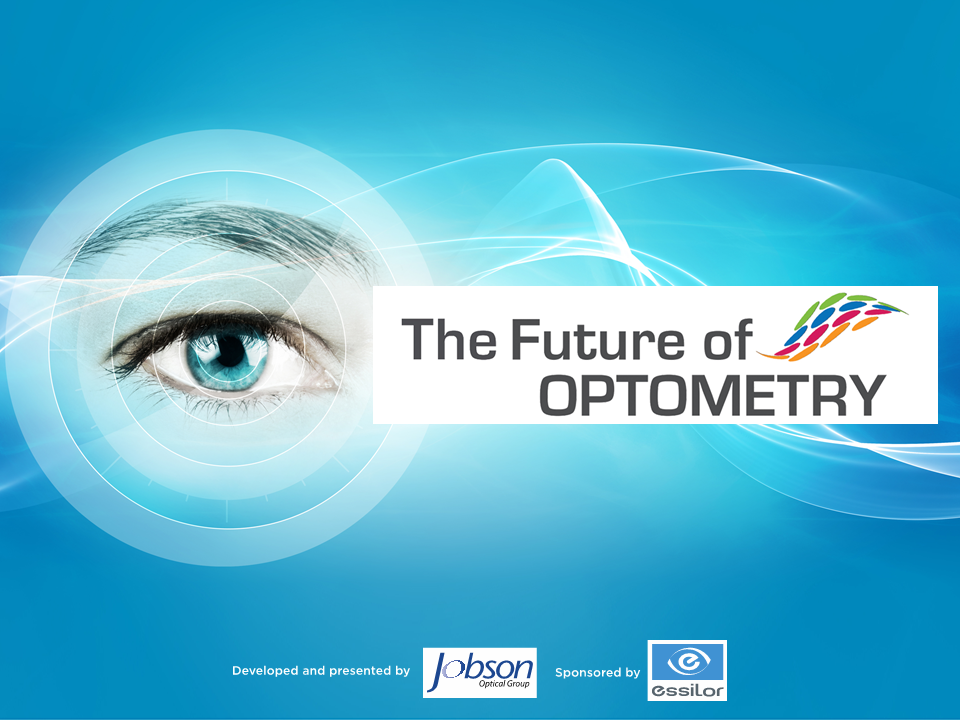Can We Predict the Future of Optometry?
By Essilor News

At Essilor, we work every day to imagine what the eyecare practice of the future looks like, with the goal of bringing value and innovation to the eyecare industry. But we know the most valuable prediction of the future of optometry will come from you – our partners.
To get a glimpse into the future, we partnered with Jobson Optical Group to produce a report called “The Future of Optometry.” To produce the report, we worked with Jobson to review existing industry data and combined that data with daily insights from the independent eyecare practitioners who live and breathe the realities of the industry every day. The results are very exciting! The full report highlights industry megatrends, opportunities for eyecare professionals to grow their practice, and discusses increasing industry demand in detail.
The report was also recently summarized in a write-up from Review of Optometric Business. With permission, we’ve shared a snapshot of their article below.
DEMAND
Eyecare demand falls into two categories – (1) demand for optical services and products, and (2) demand for medical services and treatment, including surgery. The first category has been the traditional stronghold of optometry and the latter has been the main focus of ophthalmology. That landscape is rapidly changing with medical services looming larger in the optometric profession in the years ahead.
Eyecare is a large business. More than three quarters of the adult population wears vision correction devices. An estimated $33.5 billion is spent annually by American adults for refractive eye exams, eyewear and contact lenses with an additional $28.6 billion spent for medical and surgical eyecare.
Demand for eyecare is higher among older people — both because a higher proportion of people over age 40 need vision correction and because the prevalence of chronic ocular diseases is higher among older people. Growth in demand for eyecare has been steady and predictable, driven by population growth, the aging population, rising incomes and new technology.
The eyecare market weathers economic downturns better than most businesses because the foundation of eyecare demand is functional vision need, not discretionary desire. Technical innovation is continuous and transformative in the eyecare market. New and improved corrective devices are constantly being introduced and new diagnostic and treatment technologies steadily appear. Innovation is a significant contributor to demand growth, as it has been in other healthcare sectors.
Review of Optometric Business will be publishing more from the Defining the Future of Optometry event in the coming weeks. You can read their full review of the report online.
Click here to download the “Future of Optometry Report.”